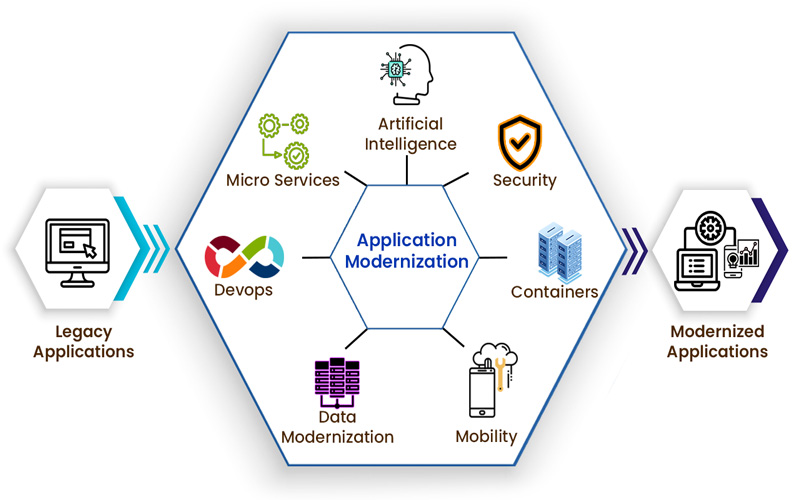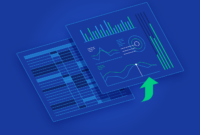What should you include in your application modernization strategy?
While modern programs communicate with other applications via microservices and APIs, traditional systems required entire development teams for even the most basic connection with external companies. As a result, organizations felt the need for change, which brought about the adoption of application modernization.
guest posts have been using the keyword “digital transformation” for several years. However, the pandemic has increased its popularity as most businesses have realized the importance of having a digital presence in order to meet the expectations of digitally savvy customers.
While modern programs communicate with other applications via microservices and APIs, traditional systems required entire development teams for even the most basic connection with external companies. As a result, organizations felt the need for change, which brought about the adoption of application modernization.
What is application modernization?
The process of redesigning, modifying or consolidating current business applications to better align with current business needs and market competitiveness is known as “application modernization”.
Legacy
applications can be updated by porting them to a newer platform, updating their technology stacks and architectures, or simply adding new features with advanced technologies.
Which Businesses Should Consider Application Modernization?
SaaS Companies
Companies that employ software to deliver a service are known as SaaS enterprises. The product is developed, hosted, and updated in-house by these companies.
To keep their service or product in operation, many SaaS enterprises require the help of complete in-house development staff. As a result, azure application modernization is critical to the long-term viability of firms like these.
companies with in-house developers
Some organizations may not adhere to the SaaS paradigm. They still need a development team to continue providing value to their customers or to thrive in a market where customers want access to mobile apps. Therefore, they should also think about modernizing their Azure applications to continuously improve their services.
Steps to a successful application modernization strategy
Understand your apps
Organizations must first create a starting point before changing their applications. Use a basic metric to get an idea of how your organization’s applications are performing. Using this baseline, organizations can identify and prioritize the optimal application modernization strategy for each software component.
By using quantitative metrics, organizations can collect data about the characteristics of individual applications. A holistic and objective view of the application helps companies make better decisions to improve the application.
Define the purpose of the modernization
An important part of app modernization is determining what you want to achieve with your new app. “What business and technology improvements do you anticipate from application modernization?” »
Answering this question will allow for a more precise implementation strategy. The next step is to create and implement a prioritization system that will help create a modernization agenda.
Choosing the right technology
Your differentiator can be enhanced by incorporating advanced technology into your business offering. Businesses need to stay on the cutting edge of technology, but also ensure that the solution they choose is right for their specific application.
implementation and ongoing support
It is very important to emphasize a thorough data transfer procedure at all stages of implementation and distribution to avoid duplicates, inconsistent data, security breaches or unauthorized access. A smooth transition can ensure the security of your organization’s data and is performed by data migration specialists using an incremental approach.
Through a holistic approach to modernization, you can improve team and customer experiences, increase revenue, and eliminate managerial and technical inefficiencies that waste time and resources.
excerpt
Legacy techniques and practices fail to meet today’s business KPIs because they are inefficient, time consuming and costly. A systematic and step-by-step plan of action is required to modernize the application. This creates less inconvenience for the end user and gives him more time to get used to the new application.



